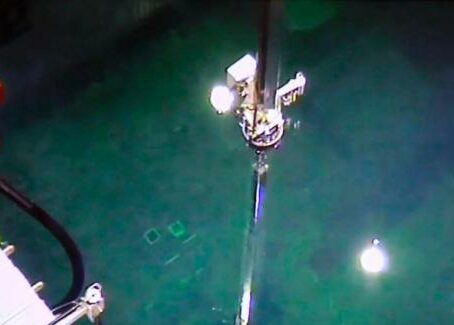29th January 2021 Kyodo News Agency of Japan, Japan’s Tokyo Electric Power Company said on the 28th that the estimated time limit of the storage capacity of water stored and treated water in the Fukushima Daiichi nuclear power plant may be postponed to after the autumn of the same year.
TEK said the reason was that the response to nuclear sewage had been advanced and the rainfall was low last year.
According to the report, Akira Ono, the top person in charge of the scrap propulsion department of the Fukushima nuclear reactor of Togashi, revealed the news at a press conference.
The specific full time estimate will be detailed in the future.
TEK said that by reducing the rainwater flowing into the plant and other measures, the average daily occurrence of nuclear sewage in 2020 will be about 140 tons, which is lower than expected.
In the government and TEPG’s reactor scrap schedule, the target is to control the amount to about 150 tons by 2020.
It is said that in the Fukushima Ichi nuclear nuclear, nuclear sewage continues to increase due to the impact of water injection, groundwater and rainwater to cool the molten nuclear fuel (fuel debris) remaining in Units 1-3.
TELT uses “multinuclide removal equipment” (ALPS) and other purification water for high-activity radioactive substances contained in nuclear sewage, which is stored in storage tanks. At present, there are 1.24 million tons.
The Japanese government has explored the discharge of treated water into the sea for disposal, but the finalization of the policy has been postponed.
Dongdian said that if it wants to discharge into the sea, it will take about 2 years to prepare for construction and other preparations.
On March 11, 2011, the March 11th East Japan Earthquake hit Japan, causing a huge tsunami and the Fukushima nuclear disaster, killing tens of thousands of people.
Regarding how to deal with the accumulation of nuclear sewage in the Fukushima nuclear power plant, the Japanese government has previously said that it is safe to discharge contaminated water from the Fukushima nuclear accident into the sea, and stressed that the risk of affecting human health is “very small”.
However, a poll conducted by Asahi Shimbun on nuclear sewage discharge in Fukushima from November to December 2020 showed that 55% of the respondents opposed the discharge of nuclear sewage into the sea.



